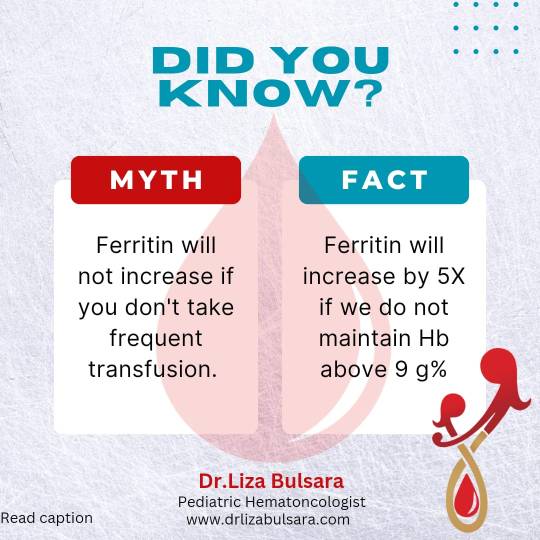Text
Childhood cancer
Every year, over four Lakh cases of childhood cancer are detected in the world and 50,000 cases are detected in India. 2018, Global Initiative of Childhood Cancer was announced by World Health Organisation. Golden Ribbon is universal symbol for childhood cancer awareness and September is the golden month for awareness of childhood cancer.
#bone marrow transplant#child cancer#sickle cell anemia#hematologist doctor in pune#pediatric doctor#medicine
0 notes
Text
#sickle cell anemia#pediatric doctor#hematologist doctor in pune#bone marrow transplant#child cancer#medicine#hematology
0 notes
Text
Pediatric Hematologist in Pune
Sickle cell anemia is a genetic blood disorder that affects millions of people worldwide. Best Treatment for Sickle Cell Anemia. Experience compassionate and innovative treatments for Sickle Cell Anemia at our specialized dr. Liza Bulsara.
#bone marrow transplant#child cancer#medicine#sickle cell anemia#thalassemia#Pediatric Doctor#hematologist doctor in Pune
0 notes
Text
Sickle Cell Anemia and Pain Management: Strategies for Relief
Sickle cell anemia is a chronic genetic disorder that affects the shape and function of red blood cells. It can lead to episodes of severe pain known as sickle cell crises, which are a major concern for patients. Managing this pain effectively is crucial for improving the quality of life for those with the condition.
Understanding Pain in Sickle Cell Anemia
Pain in sickle cell anemia arises due to the abnormal, sickle-shaped red blood cells obstructing blood flow, causing ischemia and inflammation in the affected tissues. This pain can be acute or chronic, and its management requires a comprehensive approach.
Pharmacological Interventions
Medications play a vital role in pain management for sickle cell anemia.
NSAIDs and acetaminophen for mild to moderate pain.
Opioids may be necessary for more severe pain, with careful monitoring to prevent dependency.
Adjuvant medications like antidepressants and anticonvulsants can also be used to enhance pain relief.
Lifestyle Modifications
Lifestyle changes can help manage sickle cell pain and prevent crises:
Hydration: Adequate fluid intake is essential to prevent sickling episodes
Warmth: Applying heat can help ease pain and promote blood flow.
Avoiding triggers: Recognizing and avoiding activities or environments that trigger pain crises.
Complementary Therapies
Complementary therapies offer additional avenues for pain relief:
Physical therapy and massage can alleviate pain and improve mobility.
Acupuncture and yoga have been found to help some patients manage pain
Cognitive-behavioral therapy (CBT) and other psychological interventions can help patients cope with the emotional aspects of chronic pain.
Integrating Pain Management Strategies
An effective pain management plan for sickle cell anemia is typically multidisciplinary, involving healthcare providers, patients, and caregivers. It should be personalized, taking into account the patient’s preferences, pain severity, and response to previous treatments.
Conclusion
Pain management in sickle cell anemia is complex and requires a multifaceted approach. By combining medication, lifestyle changes, and complementary therapies, patients can find relief from pain and lead more fulfilling lives. Ongoing research and clinical trials continue to refine these strategies, offering hope for even more effective treatments in the future.
Paediatric Haematologist in Pune
1 note
·
View note
